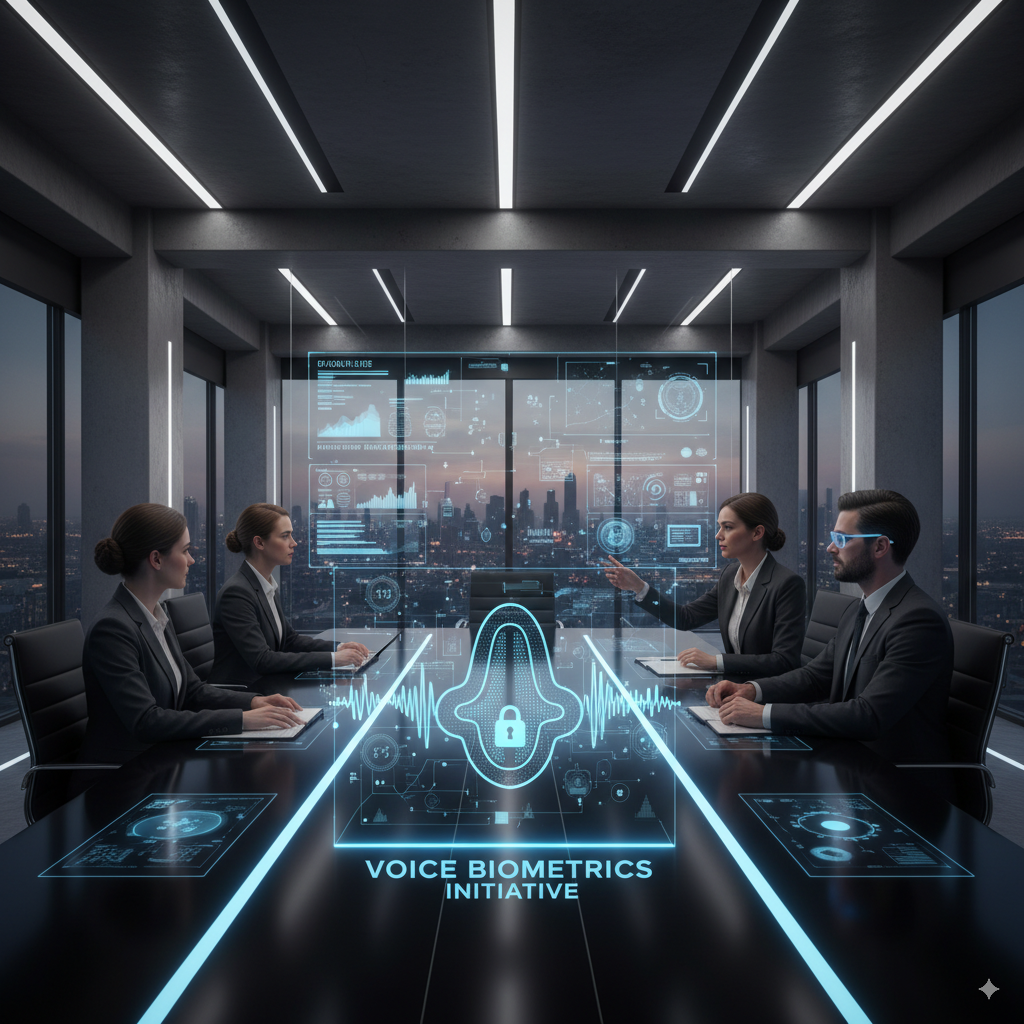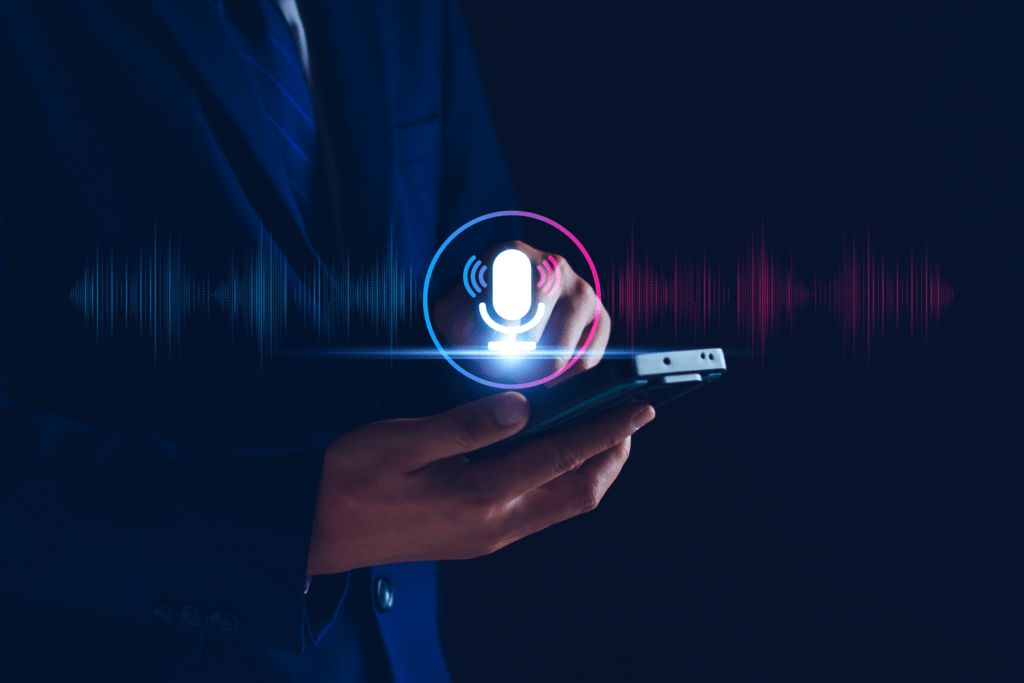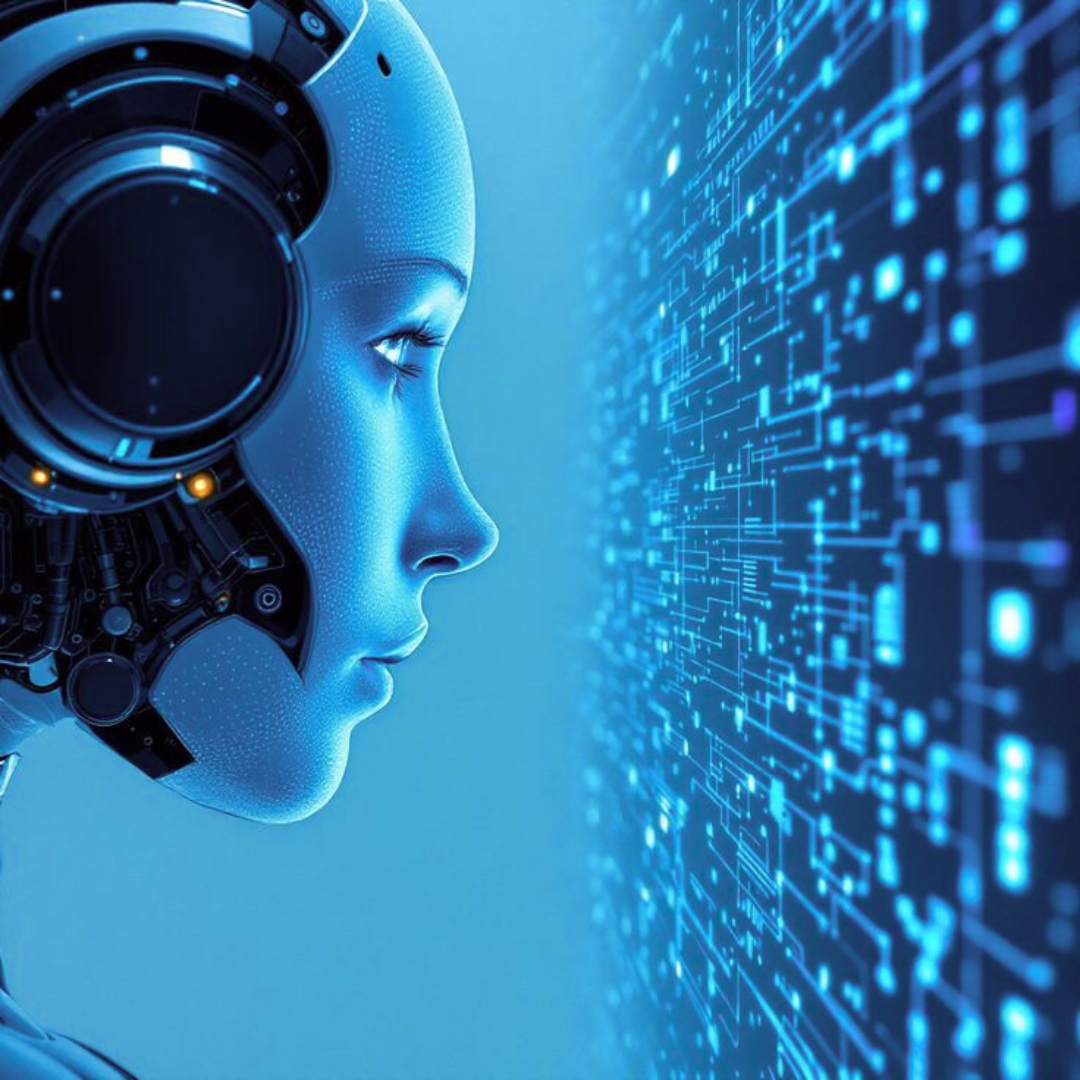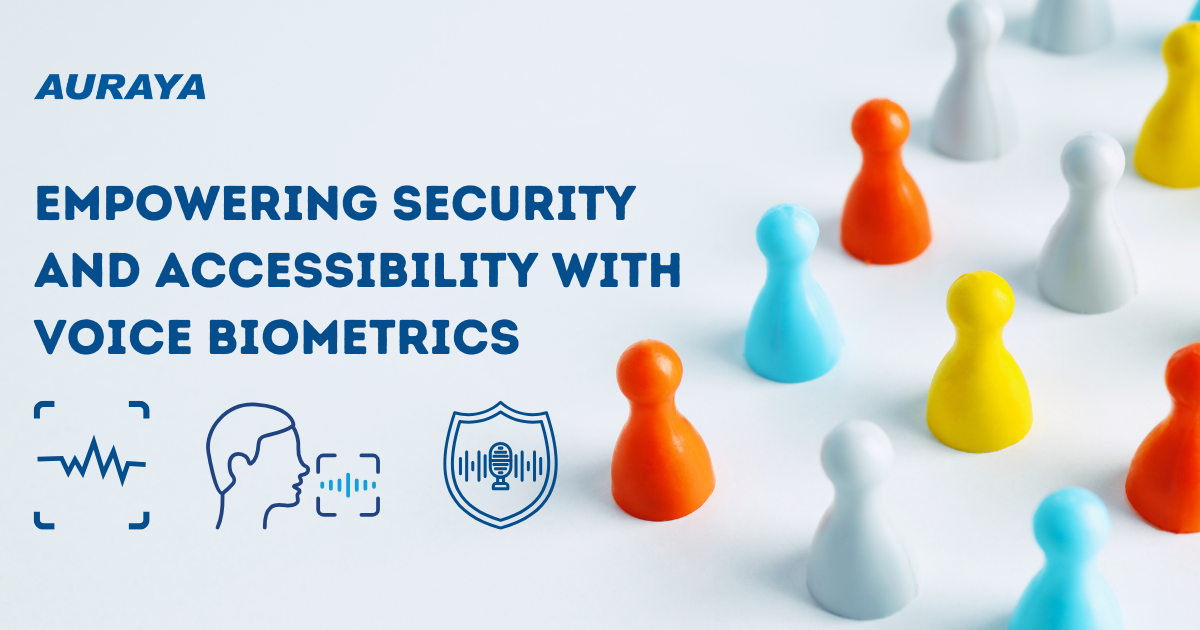AI threats are rapidly reshaping the cybersecurity landscape, pushing industries to adopt smarter, more adaptive solutions like voice biometrics to stay secure and ahead. Voice biometric stands as a fortress for data security by offering a unique and dynamic layer of protection. Voice biometrics utilizes the nuances of speech, such as tone, pitch, and rhythm, ensuring that even in the hands of an impersonator, access remains elusive.
Continuous innovation is the lifeblood of voice biometrics, as cyber threats constantly evolve. In this ever-shifting landscape, staying ahead of malicious actors requires a commitment to advancing technology. By consistently refining voice biometrics algorithms, it can enhance its accuracy and reliability, making it a stalwart guardian of sensitive customer data.
AI-generated voice deepfakes are now realistic enough to bypass many traditional voice authentication systems. Cybercriminals are using stolen voice samples or AI models trained on public data to impersonate users. This kind of fraud is happening today across finance, telecom, and healthcare sectors.To combat this, voice biometrics must evolve in both detection precision and resilience.
How Voice Biometrics Is Adapting to AI Threats
1. Liveness Detection and Anti-Spoofing
Modern voice biometric systems now include real-time liveness detection, a feature that distinguishes between a live human voice and a playback or synthetic recording. EVA, for instance, uses dynamic analysis to detect inconsistencies that are typical in synthetic audio, such as unnatural pitch variations or time-based anomalies.
2. Continuous Identity Verification
Rather than relying on a single verification point, continuous voice identity verification ensures security throughout the entire conversation. This adds another layer of protection in case attackers manage to simulate a brief segment of voice.
3. AI vs. AI: Defensive Machine Learning
To counter synthetic voices, developers are training biometric engines with adversarial AI, systems that learn to detect manipulated audio by being exposed to a wide range of deepfake samples. This evolving dataset ensures that EVA keeps up with emerging attack vectors.
As fraudsters become more technologically savvy, customer trust hangs in the balance. Companies need more than just reactive measures, they need proactive, evolving defense systems. Voice biometrics, powered by cutting-edge tools like EVA, offers that balance of user convenience and high security.
Why Choose Auraya’s EVA?
Auraya has always been at the forefront of voice biometric innovation. EVA is not just a voiceprint matcher, it’s a smart identity verification engine that continually learns, detects, and evolves. Whether it’s identifying deepfake threats or enabling frictionless customer experiences, EVA is designed to deliver real-time, AI-resilient authentication at scale.
As AI threats become more sophisticated, security must be smarter, not harder. EVA ensures that your voice remains your most trusted and secure identity. With advanced liveness detection, behavioral analysis, and adaptive AI, Auraya is setting the standard for the next generation of voice biometrics.
Stay one step ahead of AI threats. Secure your customers with EVA by Auraya, where your voice is your key.



























































